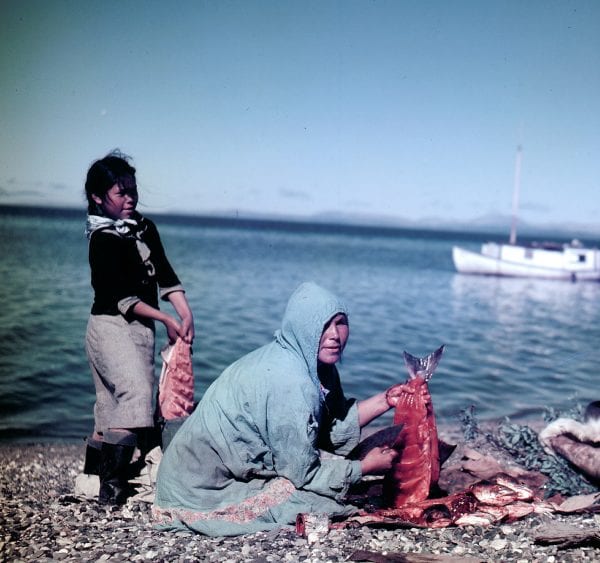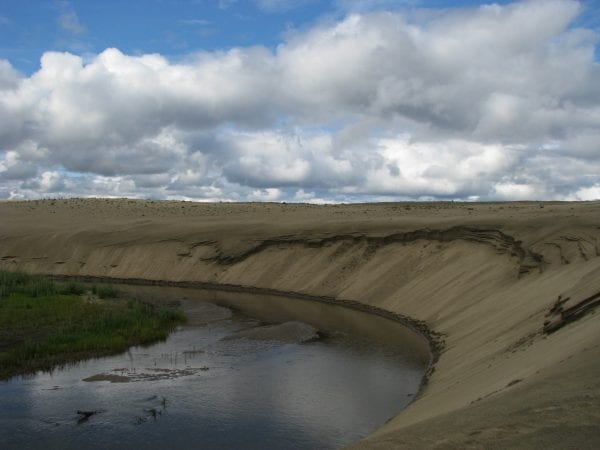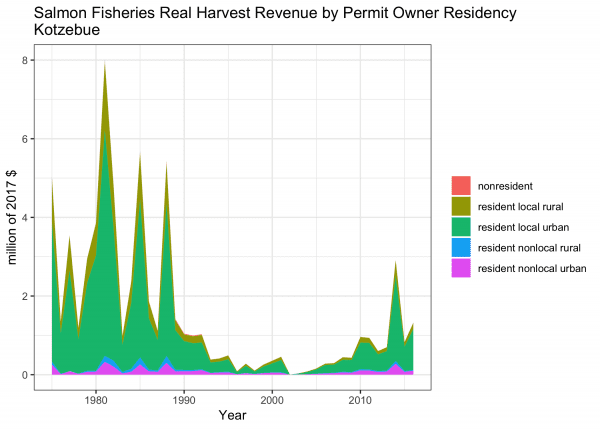Braem, N.M. and M. L. Kostick, in press. Key Subsistence Fisheries in Northwest Alaska, 2012-2014. Alaska Department of Fish and Game, Division of Subsistence Technical Paper No. 433. Anchorage.
Burch, E. S. (1998). The Iñupiaq Eskimo Nations of Northwest Alaska. Fairbanks, Alaska: University of Alaska Press.
Fall, James A. et al. 2018. Alaska Subsistence and Personal use Salmon Fisheries 2015 Annual Report. Alaska Department of Fish and Game, Division of Subsistence Technical Paper No. 440. Anchorage.
Jenkins, D. (2015). Impacts of neoliberal policies on non-market fishing economies on the Yukon River, Alaska. Marine Policy, 61, 356–365. https://doi.org/10/gd53k7
Jones, A., & Fisheries Resource Monitoring Program (U.S.). (2006). Iqaluich niġiñaqtuat: Fish that we eat (Final ed.). Anchorage, Alaska: U.S. Fish and Wildlife Service, Office of Subsistence Management, Fisheries Resource Monitoring Program.
Magdanz, J. S., Smith, H., Braem, N., Fox, P., & Koster, D. S. (2011). Patterns and trends in subsistence fish harvests, Northwest Alaska, 1994-2004 (Technical Paper No. 366). Kotzebue, Alaska: Alaska Department of Fish and Game, Division of Subsistence. Retrieved from http://www.subsistence.adfg.state.ak.us/TechPap/TP%20366.pd
Magdanz, J. S., Tahbone, S., Ahmasuk, A., Koster, D. S., & Davis, B. L. (2007). Customary Trade and Barter in Fish in the Seward Peninsula Area, Alaska (Technical Paper No. 328). Juneau, Alaska: Alaska Department of Fish and Game.
Menard, J., Soong, J., Kent, S., Harlan, L., and Leon, J. (2017). 2015 Annual management report for Norton Sound, Port Clarence, and Arctic, Kotzebue Areas (Fishery Management Report No. 17-15) (p. 230). Anchorage, Alaska: Alaska Department of Fish and Game.
Sobelman, S. S. (1985). The Economics of Wild Resource Use in Shishmaref, Alaska (Technical Report No. No. 112). Fairbanks, Alaska: Alaska Department of Fish and Game.





